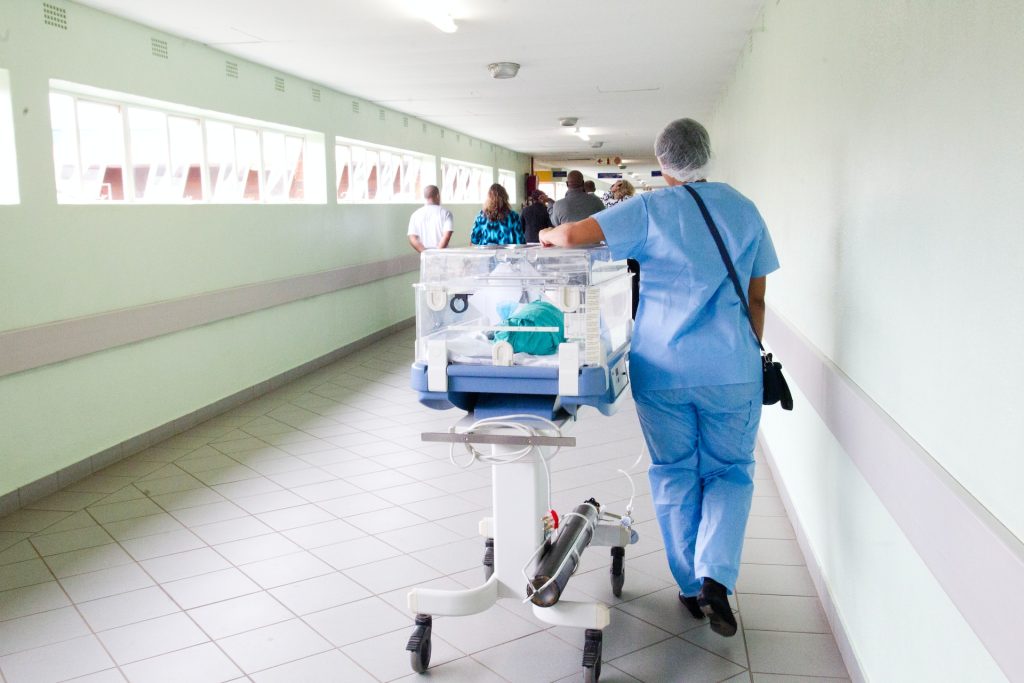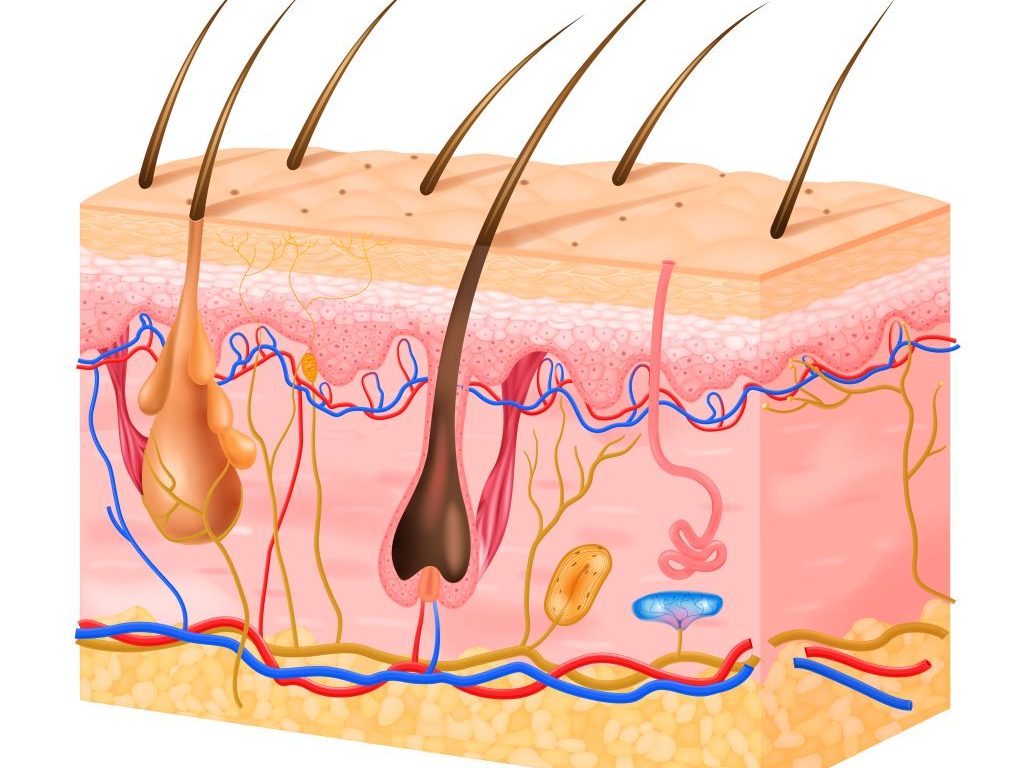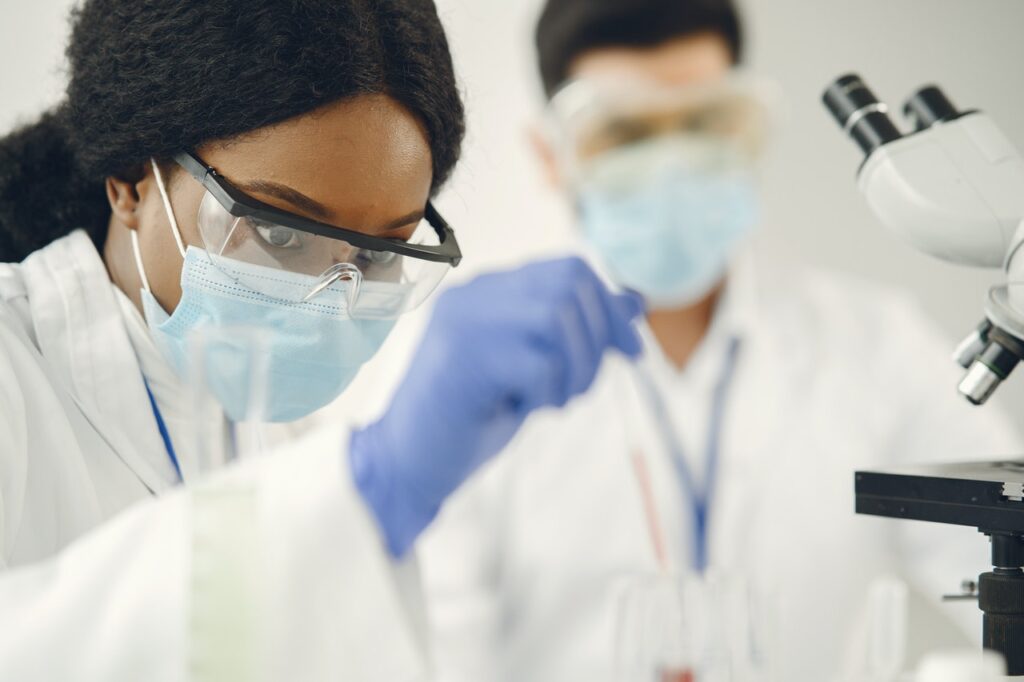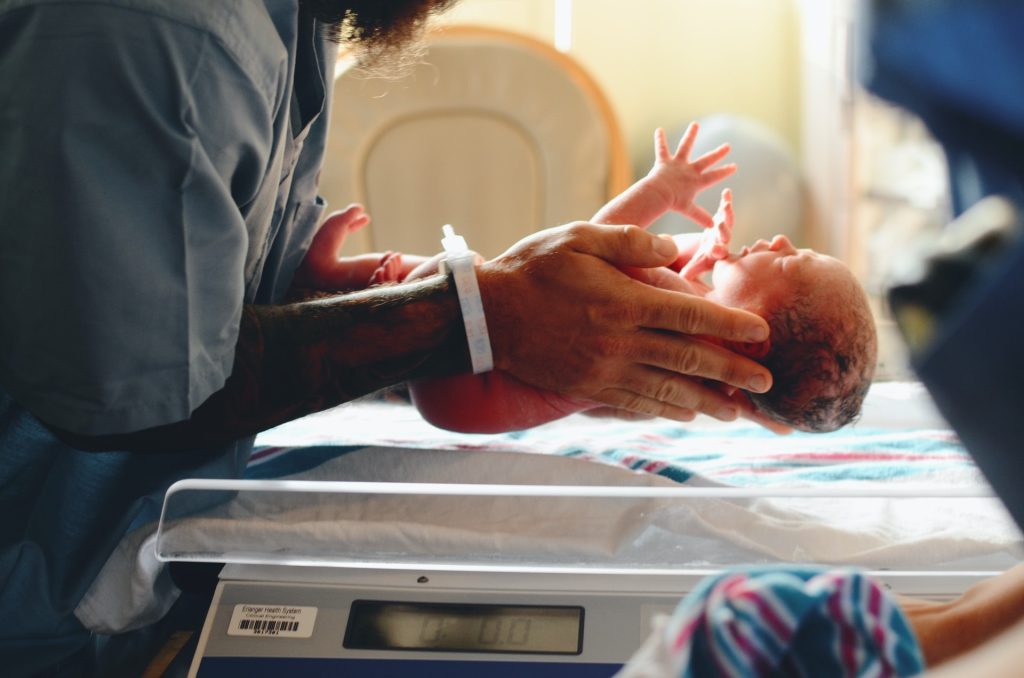Navigating the Road to Universal Health Coverage in South Africa
By Dr Reno Morar, Director: Medical School, Faculty of Health Sciences, Nelson Mandela University

Johannesburg, 20 November: As Director of the newly established Medical School in the Faculty of Health Sciences at Nelson Mandela University, I am honoured to lead South Africa’s tenth and youngest medical school. Our medical students exude an infectious spirit of hope and enthusiasm as we progress toward graduating our first cohort of Mandela Doctors in 2026.
As we navigate our journey at the medical school and within the Faculty, our goal is to successfully graduate composite health professionals who are equipped to serve our communities.
This journey is inextricably linked to a larger national goal: achieving Universal Health Coverage (UHC) for South Africa.
With the signing of the National Health Insurance (NHI) Act into law, South Africa stands at a pivotal moment in its healthcare journey. Achieving UHC promises equitable access to quality healthcare for all South Africans, regardless of income or location. But transforming this vision of UHC into reality requires much more than policy reflected in the NHI, it calls for robust planning, thoughtful resource allocation, and, above all, collaboration across sectors.
Our nation’s medical schools and higher education and training institutions are essential to the UHC journey in their support of South African’s human resources for health strategy. This strategy provides a foundation for advancing universal health coverage by ensuring healthcare professionals are appropriately trained to meet the demands of a redefined healthcare system.
These institutions play an instrumental role in building a workforce ready to support the NHI system. Lessons from our response to the recent COVID-19 pandemic have already shown us the power of unity; as we move forward, this spirit of collaboration between the public and private sectors will be crucial in shaping a resilient and inclusive healthcare system that can achieve UHC.
The NHI Act sets out to provide universal access to quality healthcare services, bridging disparities and delivering equitable access to essential services for all South Africans. However, the path to UHC is about more than access, it requires quality, efficiency, and sustainability across a restructured healthcare landscape.

The government’s role here is pivotal – responsible leadership, resource allocation, and effective oversight are critical to building public confidence. This transition poses complex governance and constitutional challenges.
Implementing the NHI Act requires establishing new accountability mechanisms, redefining roles, and reassessing funding streams. Addressing these structural challenges – especially in under-resourced and underserved regions – demands both strategic mindset and practical capacity to adapt quickly to evolving needs.
Many of South Africa’s rural and township communities face significant shortages in healthcare resources and access to quality services. For NHI to succeed in these settings, dedicated efforts in providing adequate healthcare infrastructure and equipment, staffing, and strong governance and leadership are essential.
Achieving the ambitious goals of NHI without a solid foundation in governance and accountability would be a costly misstep. The success of NHI demands careful, evidence-based planning with clear goals and accountability.
This approach will require decades of commitment, with the understanding that universal healthcare frameworks often take generations to mature fully. NHI will not be a quick fix, but with meticulous preparation, it has the potential to become a sustainable, far-reaching health system intervention.
Government planning must also account for the rapidly changing landscape of healthcare needs and technology. South Africa’s healthcare system must prepare not only for current demands but also for future challenges, including digital healthcare infrastructure and data security.
Protecting patient information and ensuring uninterrupted services is paramount in a digital age where data breaches are a constant risk. Recent experiences with cybersecurity issues in the National Health Laboratory Services underscore the importance of proactive measures in this domain.
The pandemic has taught us the power of unity in times of crisis. During COVID-19, South Africa’s public and private healthcare sectors demonstrated resilience, adaptability, and a shared commitment to public health. This partnership was instrumental in resource-sharing, patient care, and vaccine distribution.
It serves as a powerful reminder that as the NHI system is implemented over the next 10 to15 years, the system will benefit from a collaborative model where the expertise and resources of the private and public sectors complement each other in the public interest and wider community access.
Collaboration between the public and private sectors must focus on expanding healthcare infrastructure, enhancing service delivery in underserved areas, and integrating innovative technologies for more efficient patient care. By working together, public and private sectors can foster a healthcare environment that maximises strengths and mitigates gaps in service.
To sustain the implementation of the NHI system, South Africa needs healthcare professionals equipped to handle both the scope and scale of this vision. Medical and health professions education must adapt and evolve to meet these challenges, training future healthcare providers not only in clinical skills but also in adaptability, empathy, and resilience.
At Nelson Mandela University’s Faculty of Health Sciences, we prioritise these qualities, embedding community-based learning and problem-solving into our curriculum to prepare graduates for a diverse and demanding healthcare landscape.
Students experience firsthand the disparities within South Africa’s healthcare system, and this allows our students to develop the necessary understanding of the realities their future patients face.
Our programme equips them to work in a wide array of settings – from rural clinics with limited resources to state-of-the-art urban facilities. This holistic training ensures our graduates are capable of addressing the multifaceted healthcare challenges with the empathy and innovation necessary to serve our communities across South Africa.
The journey toward UHC and the implementation of NHI system is both inspiring and challenging. It is a bold declaration of South Africa’s commitment to affordable universal access to quality health care services, healthcare equity – and must be approached with open eyes and a steady hand.
Our success will depend on a combination of strategic planning, effective governance, and a commitment to collaboration across sectors.
South Africa has a unique opportunity to build a healthcare system that is equitable and resilient. By prioritising these foundational steps, we can pave the way for a healthcare system that genuinely serves all South Africans, one that fulfils the promise of our constitution and reflects the spirit of our democracy. The future of our healthcare system is within our hands, but only if we approach it with responsibility, collaboration, and a deep commitment to the well-being of all our people.
It will be an intensely proud South African moment when we graduate our first 45 Mandela Doctors from our medical school in 2026! As South Africans, we also want to be proudly South African about the health system we build for and with our people.











